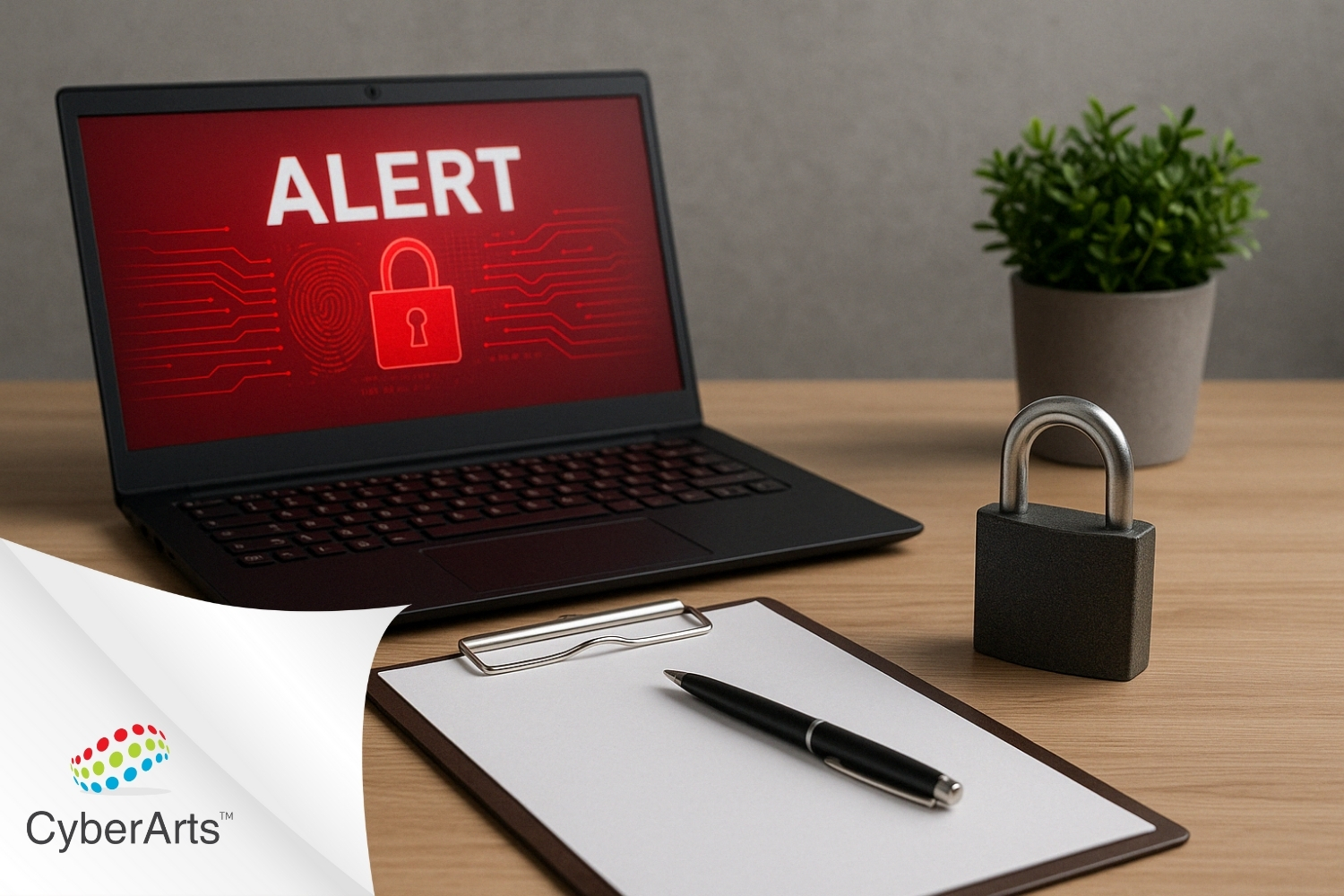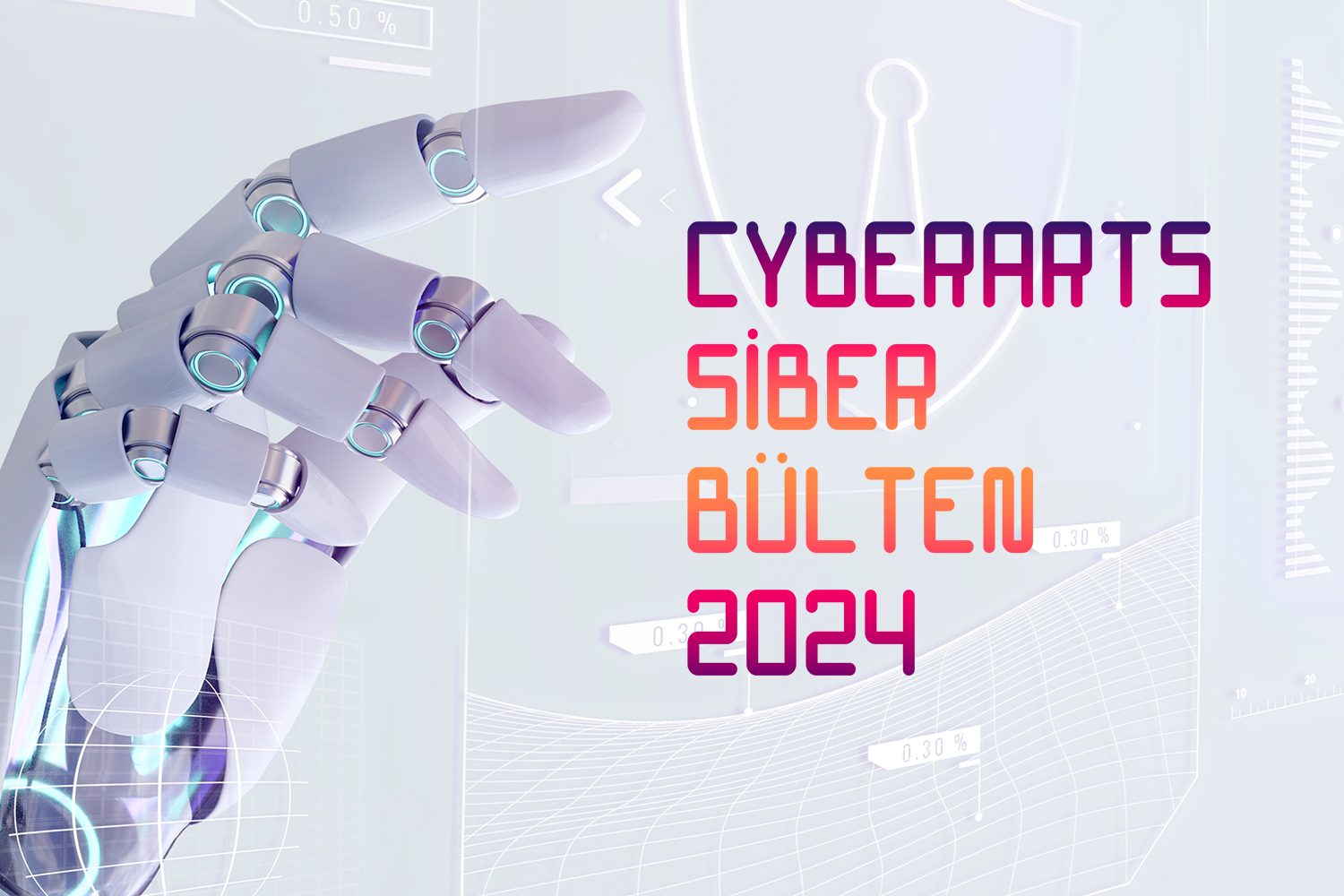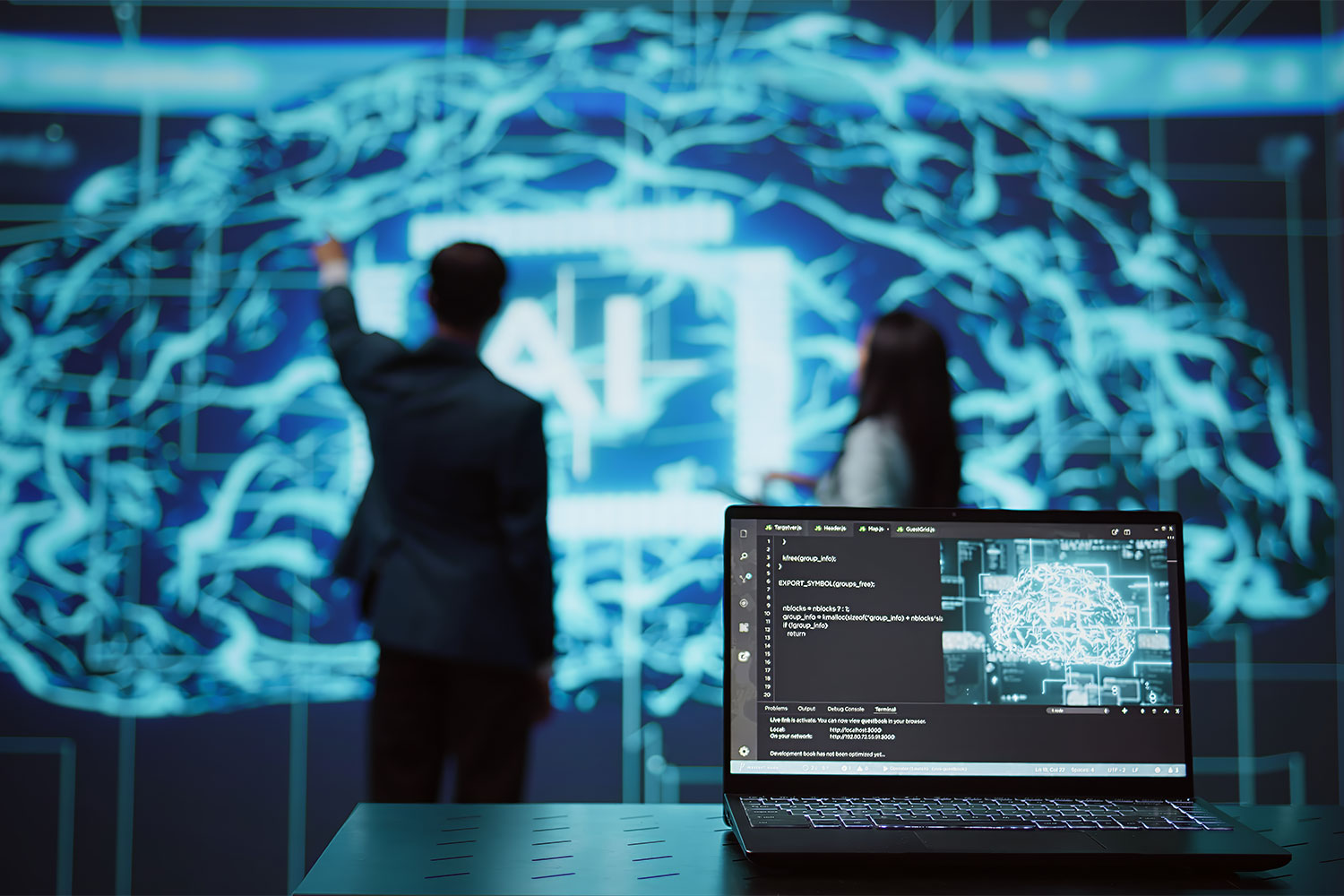As the cyber world continues to develop day by day, threats also increase and change in parallel. The development of new technologies such as artificial intelligence, the Internet of Things and 5G offer new opportunities for cyber attackers. This situation causes cyber security to become even more important for both individuals and organizations.
What threats may we face in the cyber world in the future?
Artificial Intelligence and Machine Learning Based Threats
- Increase in AI-enabled cyber attacks: Artificial intelligence (AI) offers powerful new tools for attackers. For example, using AI, attackers can analyze large data sets and plan more targeted attacks. Additionally, AI can be used to bypass traditional security measures, for example, AI-based attacks can be developed to prevent malware detection.
Targeted attacks developed with machine learning
- Machine learning can make attackers' cyberattacks more targeted and effective. For example, using machine learning algorithms, attackers can analyze the target organization's defense systems to identify vulnerabilities and conduct zero-day attacks.
- Concerns about fake content and deepfakes: Artificial intelligence and machine learning can increase their ability to generate fake content. Deepfake technology can create fake videos and audio recordings using real images and sounds. This can lead to a variety of concerns such as social manipulation, reputational damage, and even political instability.
Internet of Things (IoT) Security
- Increasing attacks on IoT devices: IoT devices are increasingly becoming targets due to security vulnerabilities. These devices can enable cybercriminals to infiltrate the network, steal personal data or cause service outages.
- Malware infection of IoT devices: Many IoT devices have poor security measures and can become targets of malware. This can be used to create large-scale botnets or engage in other malicious activities.
- Use of IoT devices in mass attacks: Attackers can use IoT devices for mass attacks, such as large-scale DDoS attacks. This could impact the internet infrastructure and cause major online service outages.
Security Vulnerabilities in Cloud Based Services
- Increasing cloud-based data breaches: As organizations turn to the flexibility and scalability advantages offered by cloud-based services, cloud-based data breaches are also on the rise. Misconfigured cloud storage, authentication vulnerabilities, and other vulnerabilities can lead to the leakage of sensitive data.
- Cloud security vulnerabilities and protection measures: Cloud service providers and users must constantly develop new protection measures to address cloud-based vulnerabilities. This may include measures such as multi-layered security measures, automated security controls, and security incident response processes.
- Best practices to increase the robustness of cloud services: Organizations should adopt best practices to increase the robustness of cloud-based services. This may include practices such as regular review of security policies, training of staff and increasing security awareness.
Blockchain Technology and Security
- Blockchain-based attacks and security threats: Blockchain offers reliability and transparency as a distributed ledger technology, but it also has security vulnerabilities. For example, there are threats such as 51% attacks and smart contract security.
- Security and vulnerabilities of smart contracts: Smart contracts are automatically executed pieces of code and have some vulnerabilities. If the code is written incorrectly or misused, smart contracts can cause significant financial losses.
- Blockchain's impact on future security innovations: Blockchain technology provides the potential for future security innovations. For example, distributed authentication systems or more secure voting systems could be developed.
Bio-Data and Biometric Security Threats
- Theft and misuse of biometric data: Concerns are increasing about the theft, misuse or counterfeiting of biometric data such as fingerprints, facial recognition and retina scans. This can lead to identity theft and spoofing of biometric authentication systems.
- Weaknesses of biometric authentication: Weaknesses of biometric authentication systems can occur during the storage, transmission and processing of biometric data. For example, problems may occur where biometric data is not encrypted or protected against unauthorized access.
- Biometric data protection methods and best practices: There are various methods and best practices for protecting biometric data. This may include strong encryption, multi-factor authentication, and the use of secure infrastructures for storing biometric data.
Cyber Wars and State-Sponsored Attacks
- Increase in state-sponsored cyber attacks: State-sponsored actors may carry out cyber attacks on other states, organizations or individuals for political or strategic purposes. This can raise concerns in various areas such as national security, economic stability, and civil liberties.
- Cyber espionage and information manipulation risks: State-sponsored cyber attacks often involve cyber espionage or information manipulation. This may include activities such as theft of sensitive information, disinformation, or propaganda to influence public opinion.
- Importance of cybersecurity cooperation at the international level: Cybersecurity cooperation at the international level is important to prevent and respond to cyber attacks between states. This may include establishing cybersecurity policies and standards, sharing information, and developing common defense strategies.
Social Engineering and Manipulation
- Increasing threat of social media manipulation: Social media platforms provide a huge space where millions of people interact. This can create a basis for the spread of social engineering attacks, fake news and propaganda campaigns.
- Sophistication of social engineering attacks: Social engineering attacks aim to manipulate people's emotions, perceptions of security, and behavior. These attacks can take various forms, such as email fraud, telephone fraud or phishing via social media.
As a result, the cyber threats of the future will be complex and diverse, and constantly updated and improved security measures will be needed to deal with these threats. Organizations, individuals and states should work together to raise cybersecurity awareness, strengthen security measures and improve cooperation at the international level. However, in addition to these efforts, it is also critical to keep up with rapidly evolving technologies and develop flexible, innovative security strategies.
[vc_row][vc_column][vc_cta h2=”” add_button=”bottom” btn_title=”Teklif Talep Edin” btn_style=”flat” btn_shape=”square” btn_color=”danger” css_animation=”fadeInLeft” btn_link=”url:https%3A%2F%2Fcyberartspro.com%2Fteklif-isteme-formu%2F||target:%20_blank|”]Siber Güvenlik, Dijital Dönüşüm, MSSP, Sızma Testi, KVKK, GDPR, ISO 27001, ISO 27701 ve DDO Bilgi ve İletişim Güvenliği Rehberi başlıklarıyla ilgili teklif almak için lütfen tıklayın.[/vc_cta][/vc_column][/vc_row]












